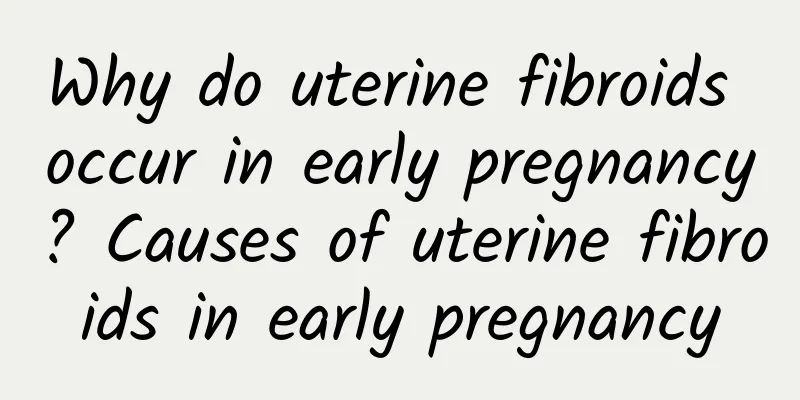Bartholin's gland cyst treatment

|
Bartholin's gland cyst is formed by the obstruction of the Bartholin's gland duct and the accumulation of secretions. After the acute inflammation subsides, if the gland duct is blocked, the secretions cannot be discharged, and the pus gradually turns into clear liquid to form a cyst. Sometimes, the mucus in the gland cavity is thick or the congenital gland duct is narrow and the drainage is not smooth, which can also form a cyst. If there is a secondary infection, abscesses will form and recur repeatedly. This disease mostly occurs in women of childbearing age. Smaller cysts can be observed regularly. Larger cysts and those with repeated acute attacks should be treated surgically. 1. Smaller Bartholin's gland cysts do not require surgery. Young women and children can use low-concentration potassium permanganate water to wash the genitals, take antibiotics, and follow up regularly. Larger cysts with obvious symptoms or recurrent pain and abscess formation should undergo incision and drainage surgery, which can maintain gland function after surgery. Now, Bartholin's gland cyst ostomy is often performed to replace the previous cyst removal method. This method is simple, with little damage and less bleeding, and can still preserve gland function. However, the stoma should be large enough. It is best to place a drainage strip after the stoma. The cyst cavity should be flushed once a day with hydrogen peroxide (hydrogen peroxide) or 2% iodoform for a total of 3 to 4 times to prevent adhesion closure after surgery and the formation of cysts again. 2. After surgery, use 1:5000 potassium permanganate solution for sitting bath, and preventive antibiotics or use 2% iodine solution and 0.5% metronidazole solution for alternating flushing. Use iodine gauze to pack, and change it every 2 to 3 days. 3. Other special treatments: With the development of technology in recent years, laser ostomy treatment has a high cure rate, no adverse reactions, simple operation, and short treatment time. Patients can be treated in outpatient clinics without suturing the wound or hospitalization. The high thermal effect of laser can cause tissue cells to coagulate and carbonize rapidly, and laser has an affinity for hemoglobin, so it has a good coagulation effect. During the operation, young women and children can use low-concentration potassium permanganate water to wash the genitals. |
<<: How to prevent endometrial thickening
>>: What to eat if you have endometrial thickening
Recommend
What is the cause of female vulvar leukoplakia
What are the causes of vulvar leukoplakia? There ...
Obesity is inevitable? It turns out that phlegm-dampness constitution is causing trouble! Experts: 7 health tips to avoid obesity
Some people see others lose weight successfully, ...
How to treat cervical hypertrophy
Cervical hypertrophy can usually be treated with ...
Symptoms of cervical precancerous lesions in women
Female cervical precancerous lesions usually have...
What should I do if I have a lot of leucorrhea before my period?
What should I do if I have a lot of leucorrhea be...
What are the bad habits that often cause women to suffer from vaginitis?
Vaginitis patients should all know that there are...
My period just ended but I still feel pain in my stomach. What's wrong?
My period just ended but I still feel tingling in...
What are the symptoms of pelvic inflammatory disease?
Patients with pelvic inflammatory disease all kno...
Does ovulation bleeding mean that ovulation has occurred?
Ovulation bleeding is a phenomenon that some wome...
What to eat in winter is easy to get uterine fibroids. What to eat in winter is good for the uterus.
What to eat in winter is easy to get uterine fibr...
How to regulate irregular menstruation? Women with irregular menstruation should not eat these three fruits
Irregular menstruation is a problem for many girl...
Can I eat lots of nuts and avocados to lose weight? 7 kinds of food that will make you fat if you are out of control
If you want to lose weight, you must be careful n...
What is the cause of uterine cyst?
Treatments for uterine cysts include medication a...
What foods can I eat if I have uterine fibroids? What foods can I eat if I have uterine fibroids?
What foods can I eat when I have uterine fibroids...
Must you avoid eating starch to lose weight? Ella Chen breaks the myth of white rice and maintains a good figure without reducing sugar
In recent years, the concept of "reduced sug...









